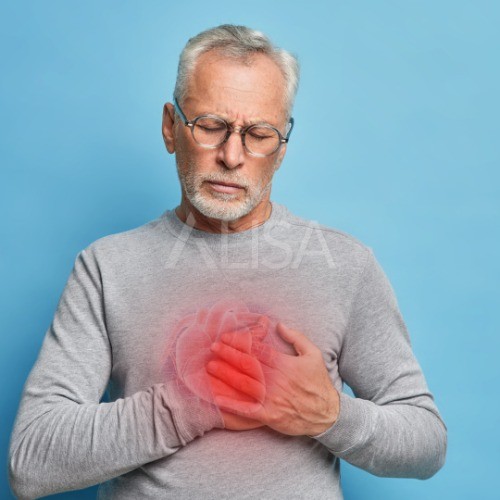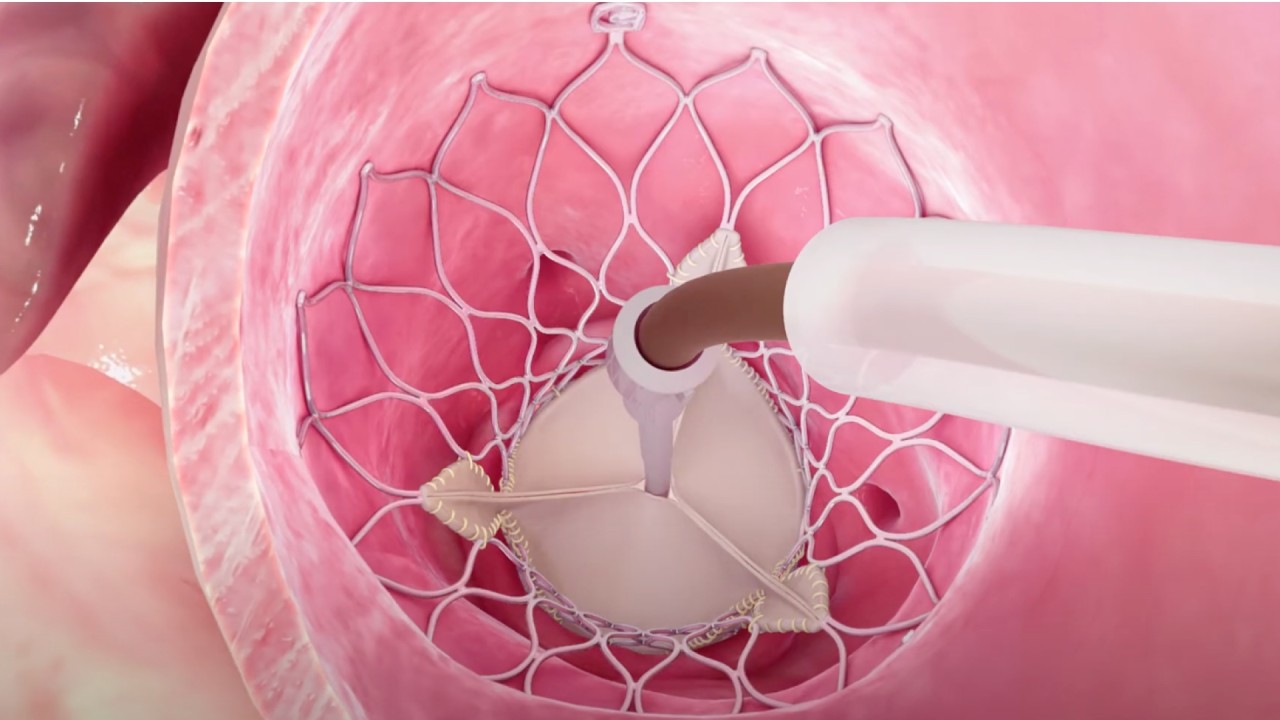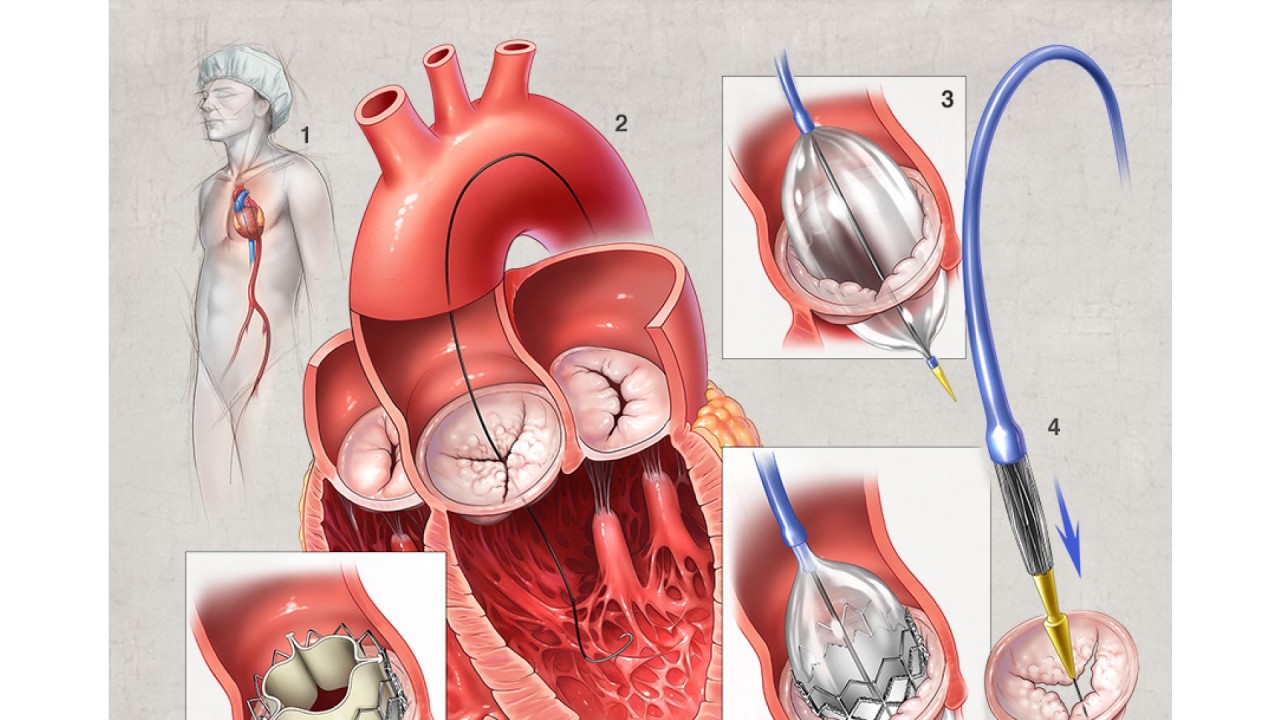Transcatheter Aortic Valve Replacement. Prof. Mustafa Bilge Erdogan. ISU Liv Hospital Bahcesehir
👨⚕️ Doctor consultation
🩸 Blood tests, cardiogram and other tests to assess general health condition
🩺 Heart surgery procedure
🏥 Hospitalization - 7-10 days with special nutrition
🛏 Accommodation for one accompanying person in the patient's room
💊 Necessary medications after surgery
🗣 Professional medical interpreter support at all stages
🚘 VIP transfer (airport - hotel - clinic - airport)
☎️ 24/7 patient support
👩🏼💼 Consultation on rehabilitation and further action plan after examination
Every aspect of the facility reflects Istinye University’s academic approach and high standards of care. Equipped with state-of-the-art technological infrastructure
Transcatheter aortic valve implantation (TAVI): Return to a full life!
Are you or your loved ones facing aortic valve problems?
Transcatheter Aortic Valve Implantation (TAVI) is an innovative medical procedure that can restore your health and quality of life without the need for traditional open-heart surgery.
Transcatheter Aortic Valve Implantation is a minimally invasive procedure used to replace a damaged aortic valve with an artificial one. It is one of the most advanced treatment options for severe aortic stenosis.
Aortic stenosis is the narrowing of the aortic valve or the areas around it. This usually occurs due to age-related damage and the accumulation of calcium in the valve. As the valve narrows, your heart has to work harder to pump blood to the rest of your body. This can cause long-term damage to the heart and even lead to heart failure. Therefore, severe aortic stenosis requires immediate medical intervention.
TAVR is typically recommended for patients when traditional or open-heart surgery may be too risky. Here are some factors that may influence the choice of TAVR over open-heart surgery:
- Advanced age
- History of heart surgery or stroke
- Diabetes
- Weak heart
- Chronic obstructive pulmonary disease
- Kidney disease, liver disease
Why choose TAVR?
- Minimally invasive procedure: TAVI is performed through a small incision in the femoral artery or through other access points, significantly reducing the risk of complications and speeding up recovery
- Quick recovery: Patients can return to normal life within a few days after the procedure, making TAVI an ideal choice for those who cannot afford a lengthy recovery period
- Safety and effectiveness: TAVI is conducted under the supervision of experienced cardiac surgeons and cardiologists, ensuring high precision and safety of the procedure
- Ideal for high-risk patients: TAVI is particularly recommended for patients for whom traditional surgery is contraindicated due to age or concomitant diseases
How does the procedure work?
Before the procedure, a thorough examination is conducted, including echocardiography, angiography, and other diagnostic methods. A catheter with the new valve is inserted through a small incision in the femoral artery. The valve is placed in the position of the old one and secured.
After the procedure, the patient remains under medical observation and can then be discharged home for further recovery.
Don't delay your return to a full life! Contact us today to learn more about Transcatheter Aortic Valve Implantation (TAVI) and schedule a consultation. Your health is our top priority!
In addition to collaborating with leading clinics and experienced doctors, ALISA HEALTH GROUP uses Alisa AI to tailor healthcare facilities to perfectly match your individual needs and preferences. This significantly reduces your time, effort and costs, providing confidence that your health and appearance are entrusted to professionals.
In addition, we take care of all organizational issues — from paperwork and booking to coordinating all stages of the treatment process. This allows our clients to calmly focus on their new look and self-confidence. Our consultants are always ready to answer any of your questions and provide the necessary support, ensuring a comfortable and safe passage of the procedure.




